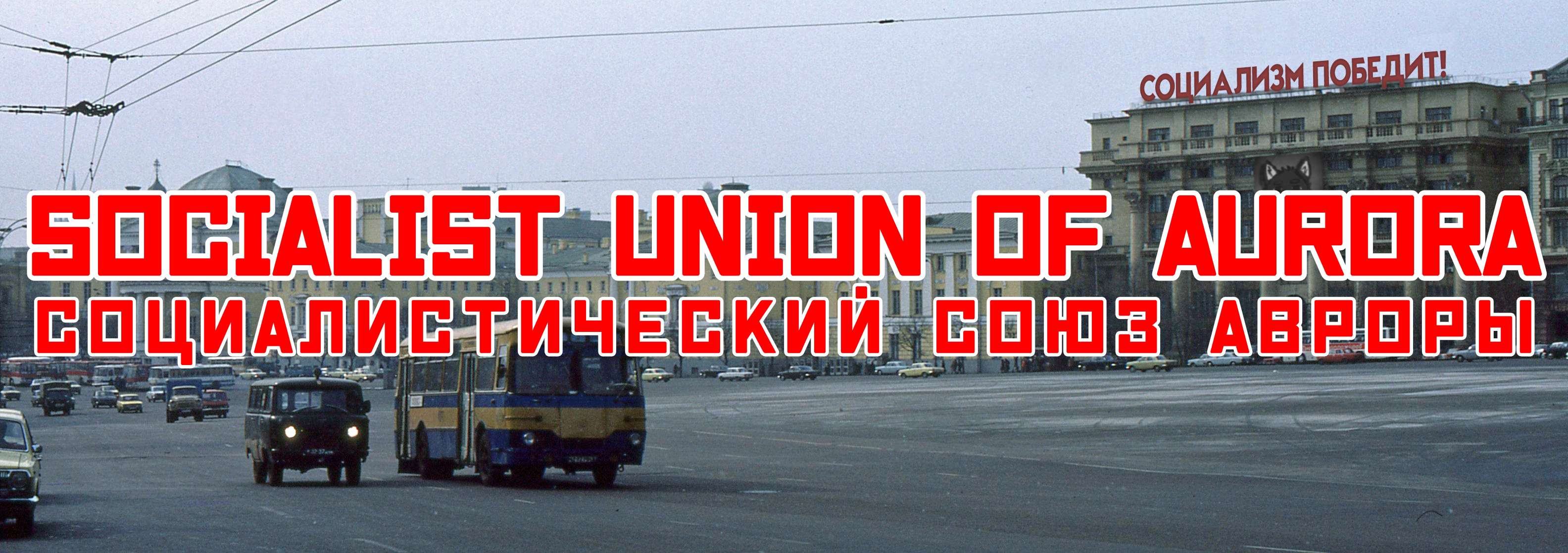
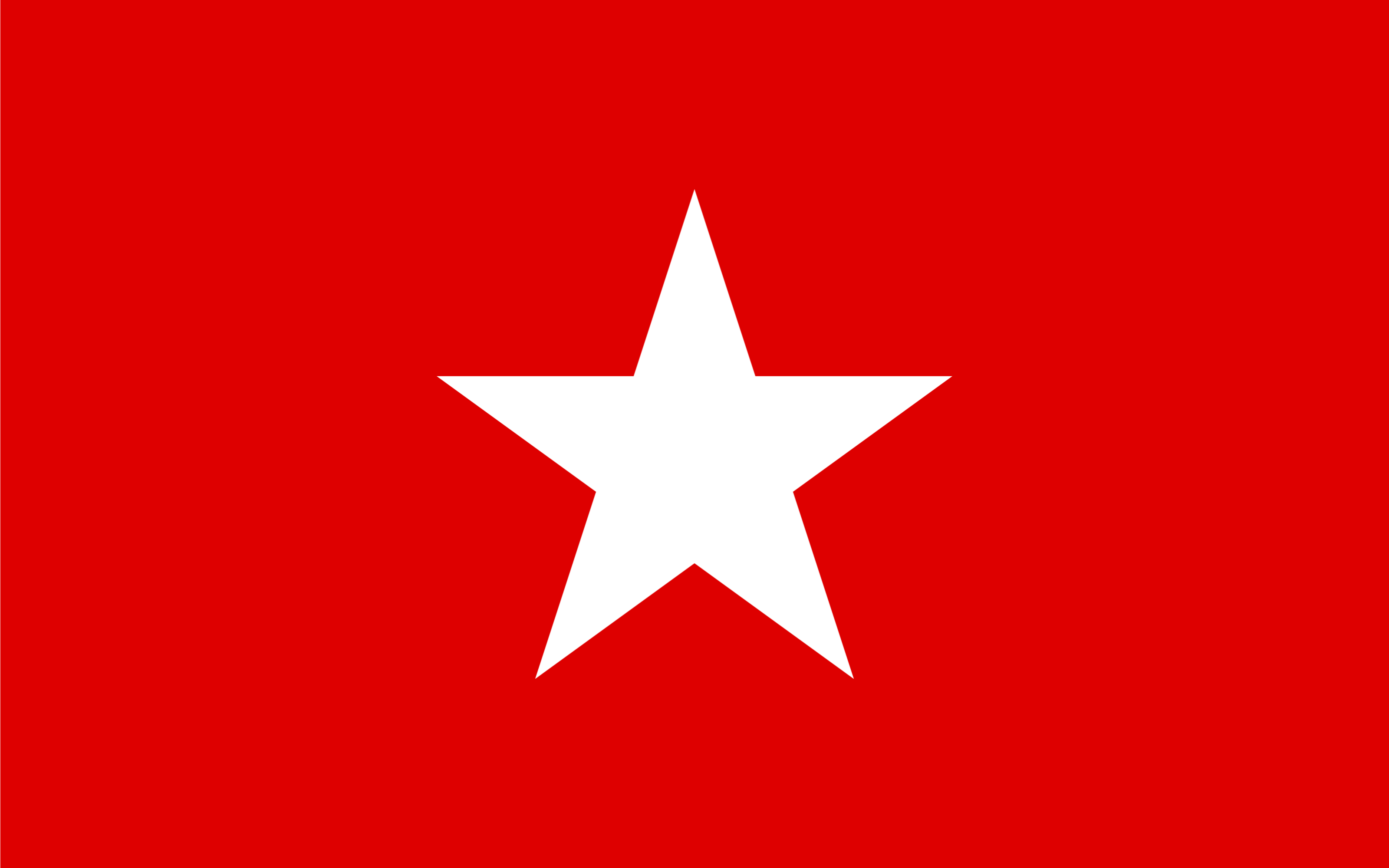
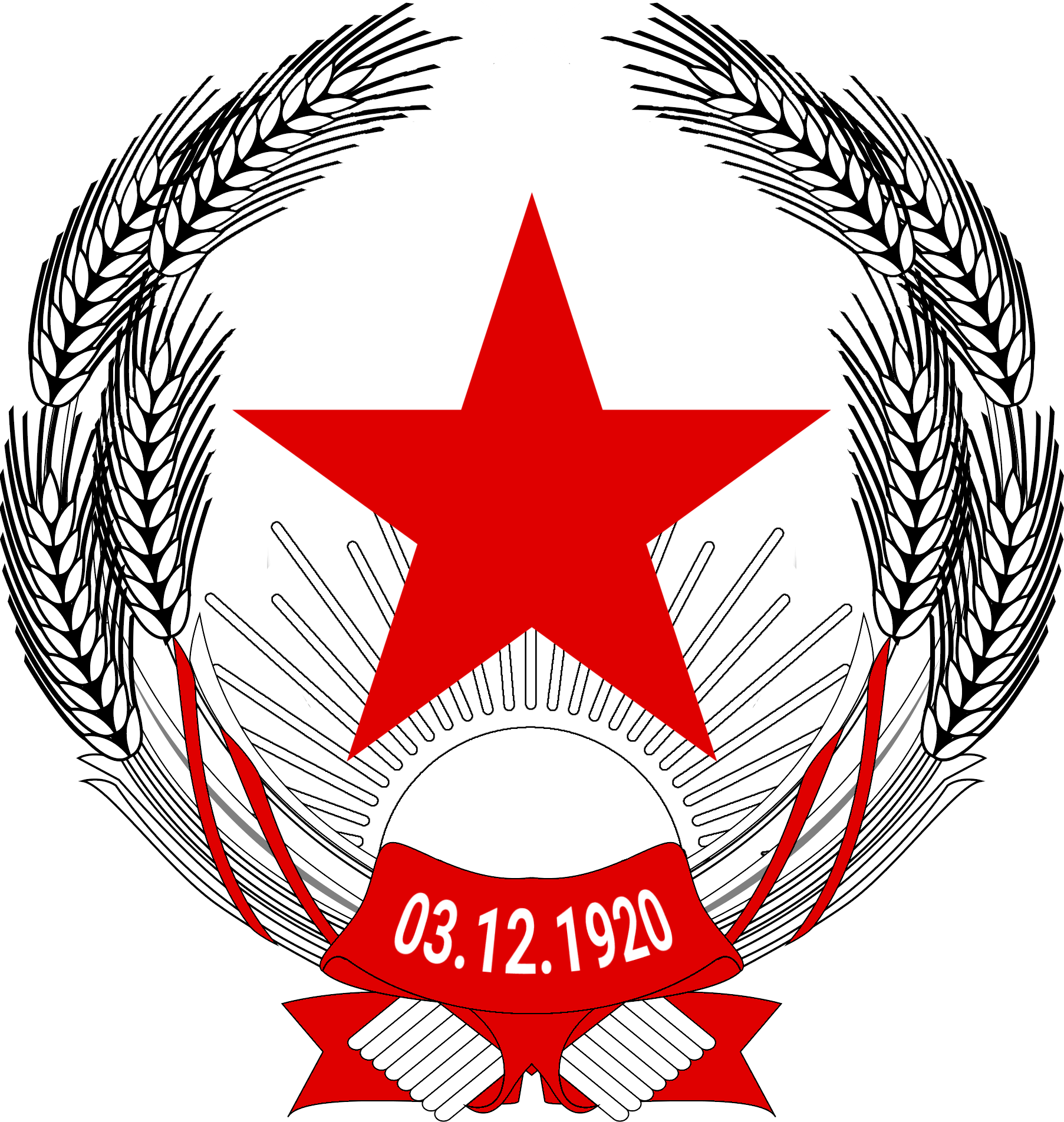
| Capital: | Grodna |
| Official language(s): | None (De Iure) Vospolyan (Lingua Franca) Complete list coming soon |
| Ethnic groups: | West Auroran (52%) Stepov (17%) North Auroran (10%) East Auroran (9%) Other (12%) |
| Religions: | Messianity (15%) Shafar (10%) Animism (9%) Karaism(3%) Other (2%) No religion (61%) |
| Population: | 280 Million |
| Government: | Nonpartisan Federal Socialist Republic |
| Presidium: | Revmira Sydukova |
| Premier: | Nikita Otov |
| GDP: | $5 Trillion (1990) |
| Currency: | Auroran Chervonet |
Aurora (Социалистический Союз Авроры) is a country located in North Aurora inhabitated by around 280 million people (1990). Aurora's capital is Grodna and the country is divided into 8 republics which make up the country. Auroran economy is mainly dominated by mining and manufacturing.
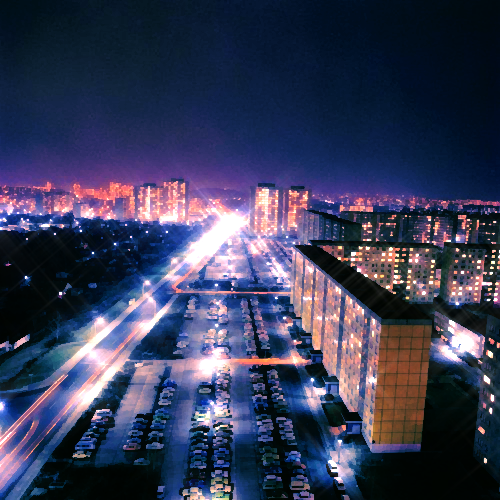
Grodna (1990)
History
See also: wipThe history of the Socialist Union of Aurora begins with the ideals of the December Revolution of 1916 in which the Socialists sought to overthrow the Monarchist government of Alexei III and create a Socialist state in accordance with the writings of the Saxen philosopher Fritiof Kahn with the goal of achieving a Socialist world revolution. Following a bloody civil war the "Reds" emerged victorious in 1920 and Aurora, named after the continent it was located on, quickly became a Nonpartisan Socialist Federal Republic under the leadership of the Supreme Council of the Peoples' with Diomid Minin as its head. SUA's early years are marked by industrialization, relative social liberalization and experiments with Socialist Economics.
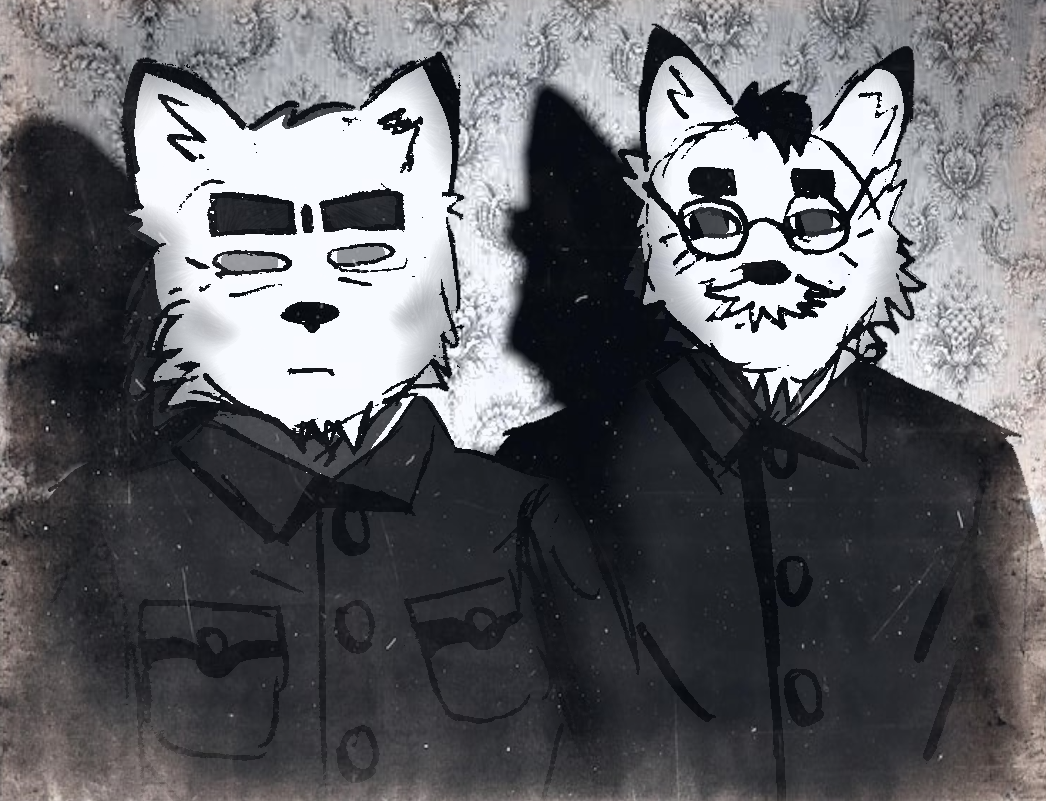
Diomid Minin (Left) and Miroslav Taras (Right)
Minin died shortly after retiring in 1930 and Miroslav Taras assumed the leadership of the country. His leadership ushered in an era of rapid industrialization, expansion of the state apparatus and further export of the revolution abroad. The constitution of 1933 introduced the offices of the Presidium and the Premier of Aurora along with setting the foundations for the modern Auroran system of governance. Following the Saxen invasion of Lekhia, Aurora entered the Great War and was one of the major powers which oversaw the surrender of Saxenland in 1950. Shortly after declaring war on Saxenland, Eikai invaded Aurora; however, Western Allies did not agree to join the war on Aurora's side and the country was later forced to sign a peace treaty with Eikai, albeit SUA was considered to be the victor of aforementioned conflict.
Aurora emerged as one of the three superpowers of the Cold War. This period saw the SUA participate in the Space Race and proxy wars around the world throughout the following decades. Taras' era was followed by the leadership of Adai Baldano after the former's death from a stroke in 1949. Baldano's leadership marked a short-lived thaw in relations with UFA, however he wasn't reelected by the Supreme Council due to his unpopularity among the population. He was later followed by Selei Kulesh in 1955, under whose leadership Aurora sent the first satellite and the first canid into space while also the tensions between the superpowers hightened. Kulesh retired in 1965 and his leadership was followed by Geliy Kisly's. Kisly recognized the flaws in the Commanded Economy and sought to eliminate them by introducing an algorhithmic program with an auxiliary purpose of aiding central planners alongside major anti-corrpution efforts, both of which somewhat alleviated the problems within the country, but some major flaws still remained.
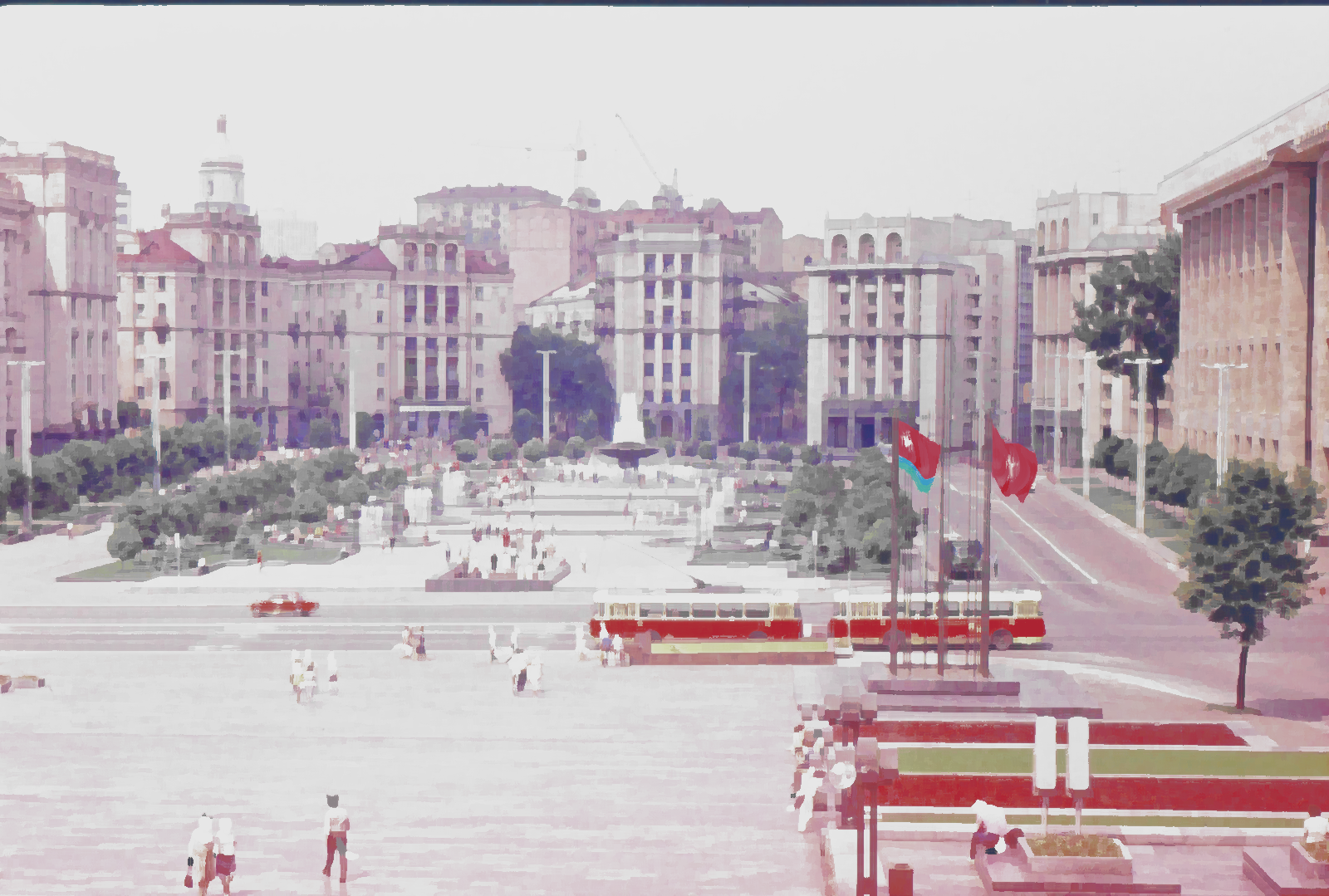
Mitsoy, Vyelpolya (1980)
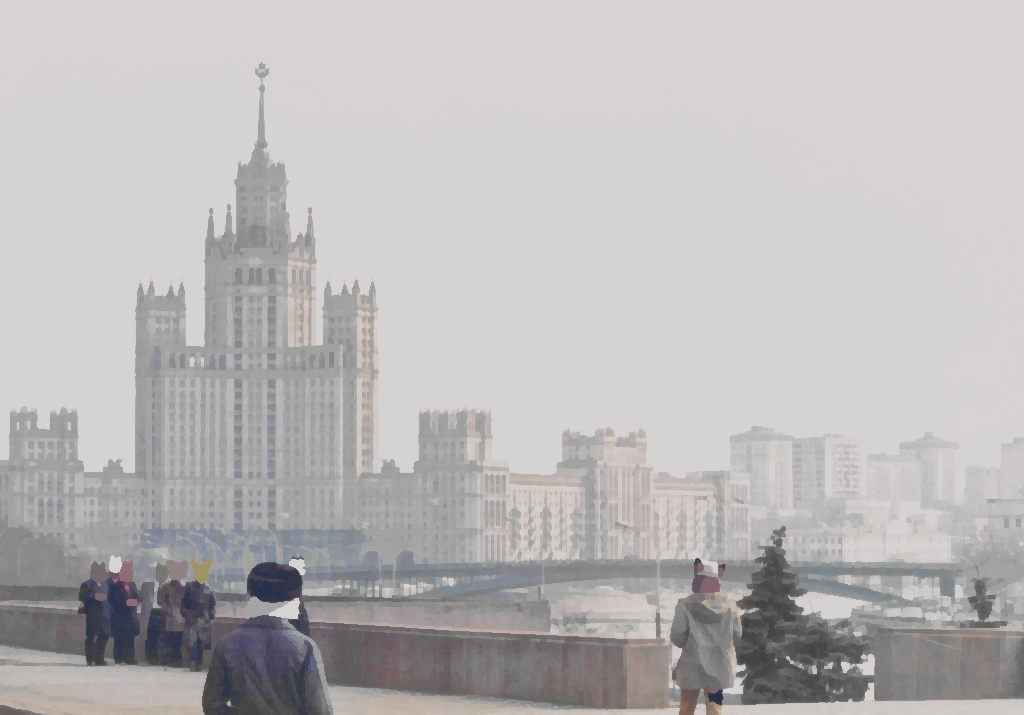
Grodna, Vospolya (1980)
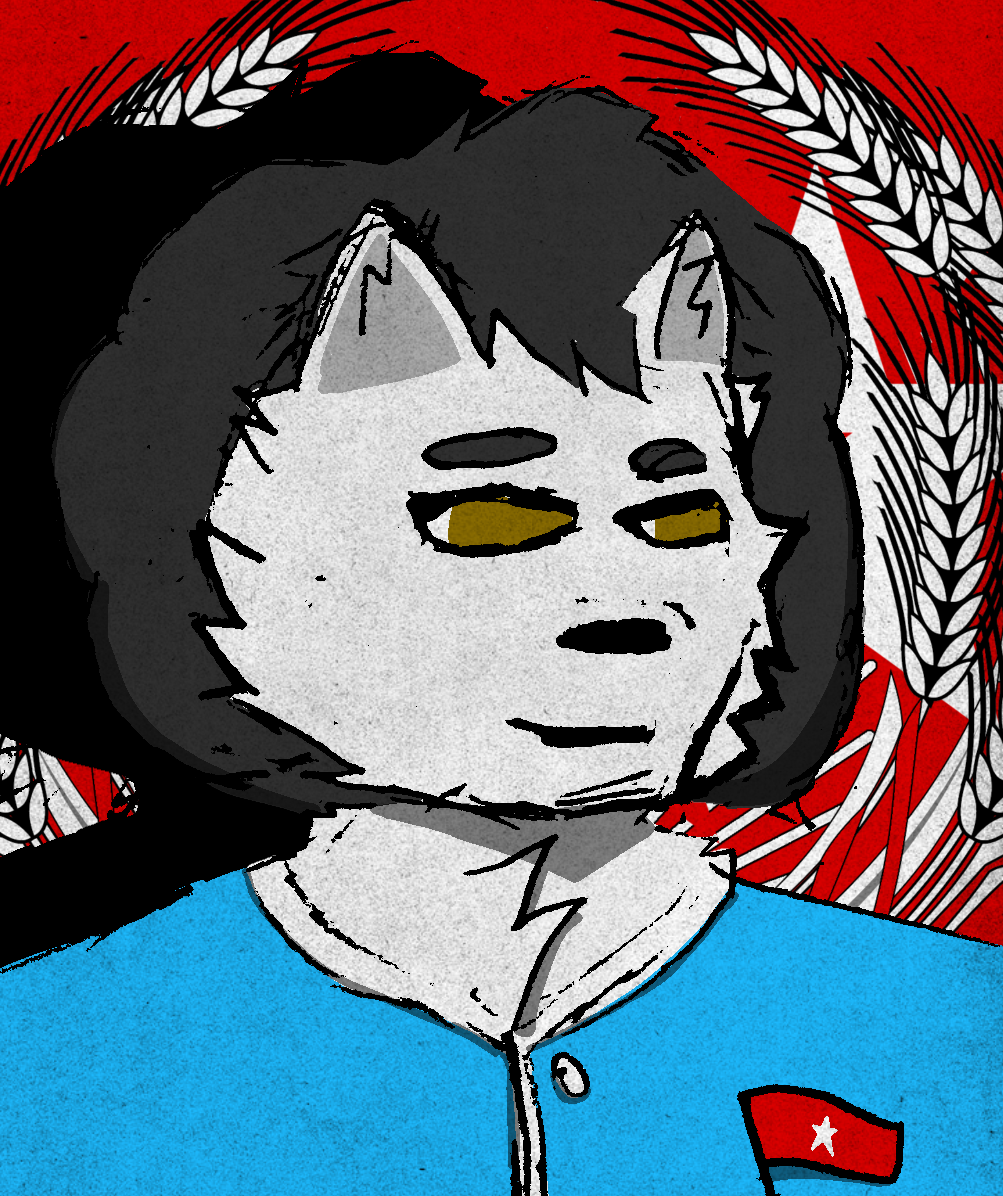
Presidium Qayim Rasulova
Major changes to the economy and the state apparatus occurred after Qayin Rasulova's election in 1980. Her leadership was marked by the vast expansion of the PPiRR (Программа Планирования и Распределения Ресурсов) algorhitmic planning program, which fully automated Central Planning. Not only that, but Rasulova introduced major reforms which compleately overhauled the Auroran economy, all while still within Kahnist frameworks, with the goal that this would eliminate the economic flaws. The economy and the standard of living rapidly developed during the time of her leadership in what is now known as the "Auroran Economic Miracle". Rasulova retired from politics in 1990 and Revmira Sydukova, who promised to continue the line of her predecessor, was elected to hold her office.
Geography

With an area of 23 million square kilometers Aurora is the biggest country on Terra, covering one sixth of the planets land surface. It stretches across 10 timezones and five distinct climate zones: tundra, taiga, steppe, mountain and desert.
Within the country's borders flows the longest river on the continent, the Pulitch river. Aurora also shares the biggest lake on Terra, the Nerak Sea, with the Sayid Kingdom. The highest mountain in Aurora is Socialism Peak which reaches up to 7,721 meters above sea level.
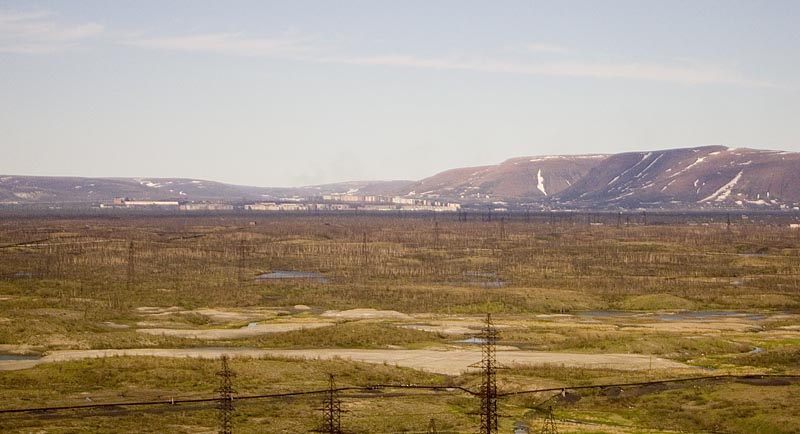
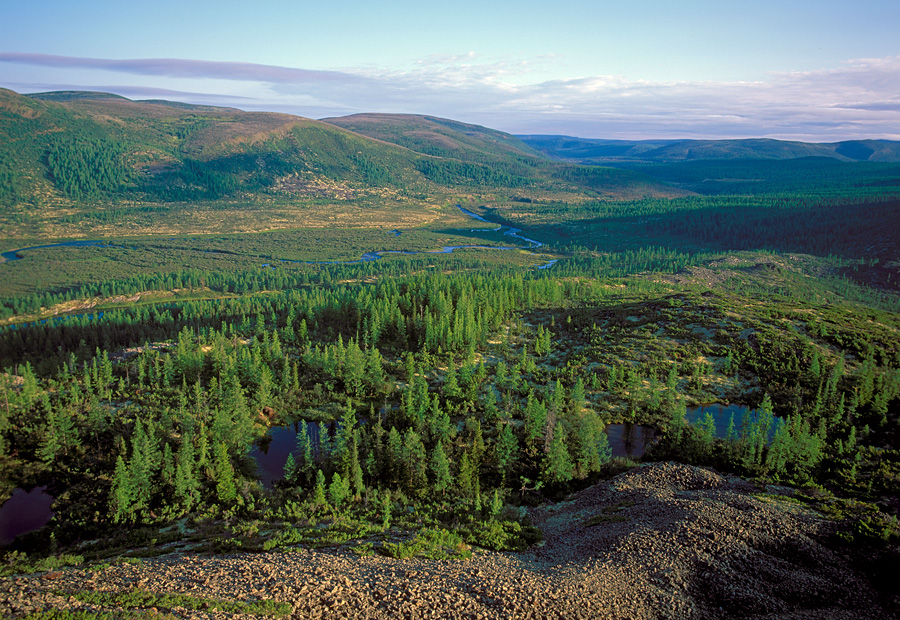
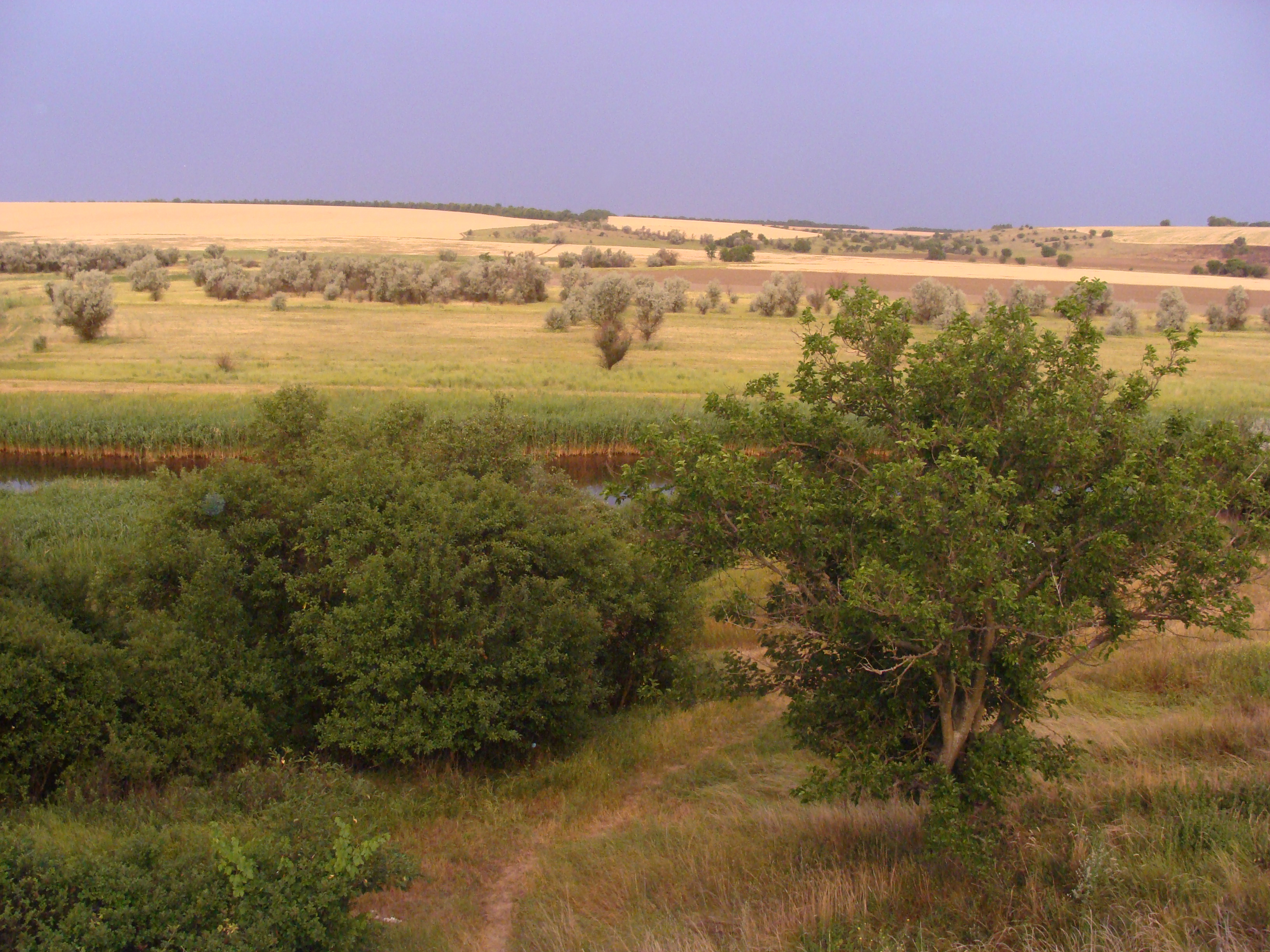
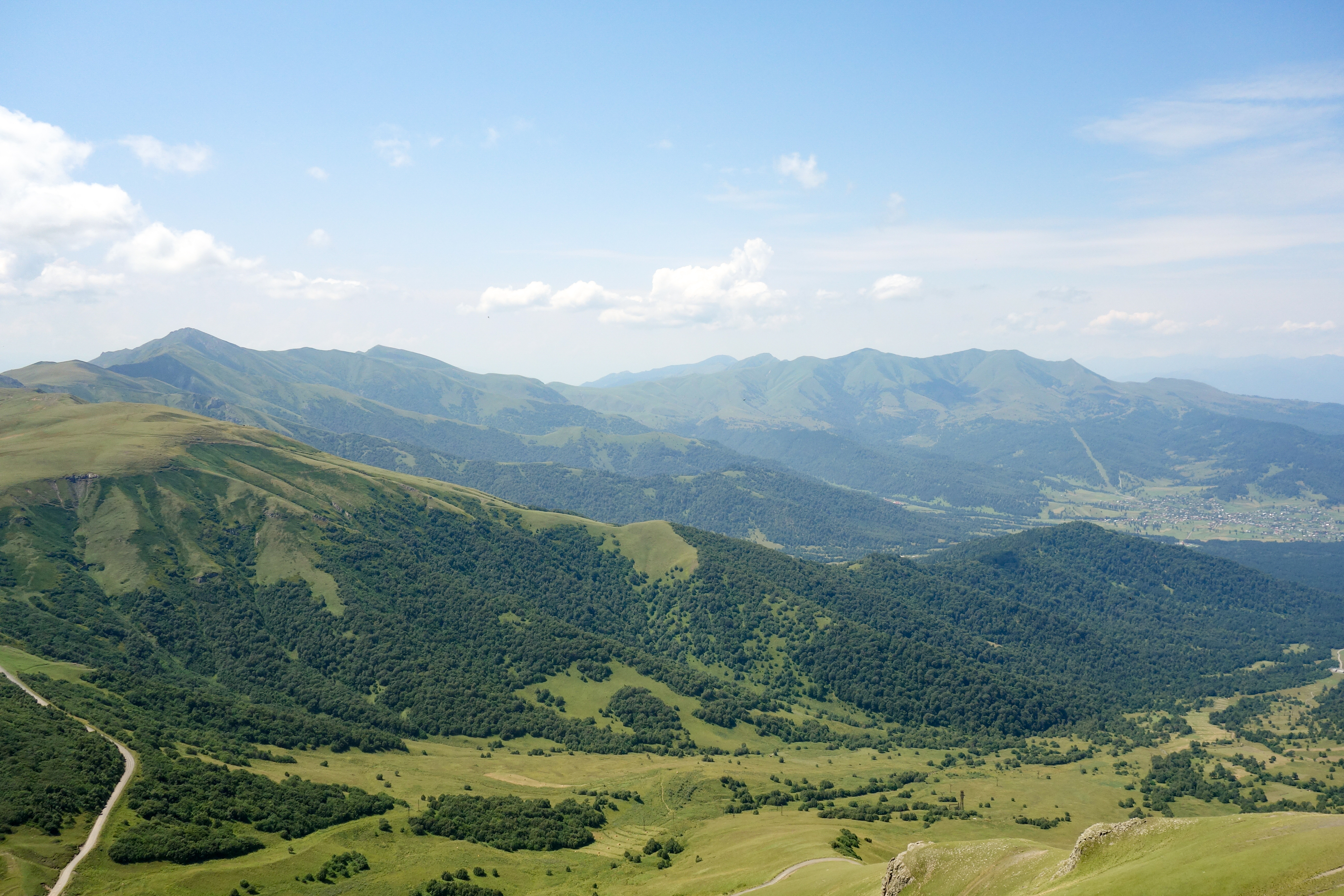
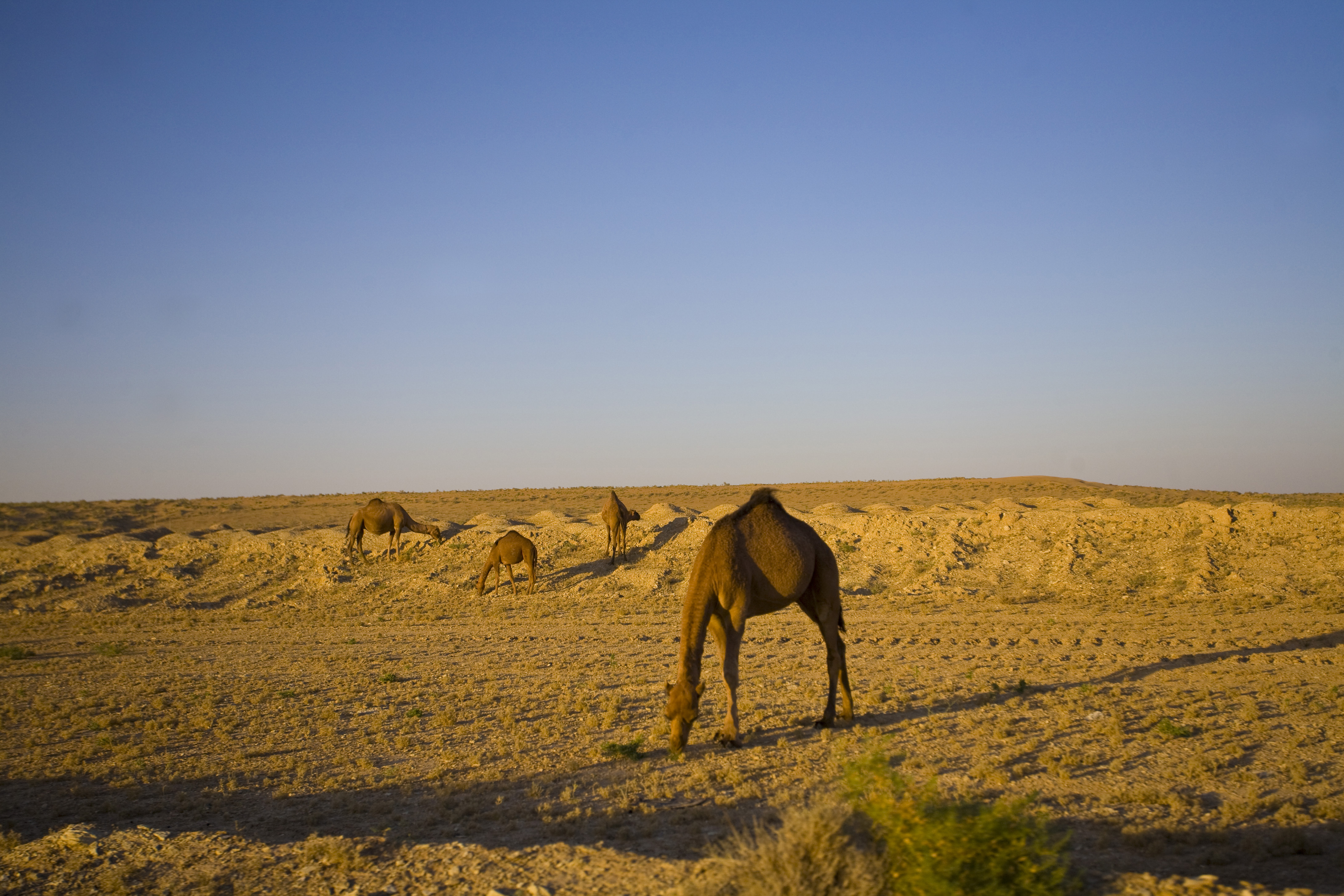
Economy
Auroran economy is dominated by mining, especially of oil and natural gasses, and manufacturing. Oil extraction and manufacturing are particularily important with Aurora alone accounting for 20% of all oil extraction on Terra. Manufatcturing sector on the other hand is very diverse. Aurora, as to follow the doctrine of Socialist Self-Sufficiency, produces everything from heavy machinery to personal cars and electronics. Aroran products are generally made from cheap materials but designed to last for a long time. Trade with other countries occurs mostly with other Socialist and Socialist-aligned countries aside from sporadic deals with countries from outside the Socialist Bloc.
The Auroran economy is divided into two distinct sectors. The dominant state sector comprises all major industries, from heavy manufacturing to energy, which are managed directly by the PPiRR. The algorithm sets production quotas, dynamically allocates resources in real-time, and evaluates enterprise performance based on a complex matrix of output, efficiency, and innovation metrics. Alongside this, a small private sector is permitted, but is legally restricted to owner-operated, one-person businesses in artisanal trades, skilled repairs, and personal services. This design ensures private citizens can only profit from their own labor, not by employing others, thereby eliminating a key Kahnist critique of capitalism.
A unique feature of the Auroran economic system is its mechanism for innovation and initiative. Citizens may petition the state to establish new enterprises based on their ideas. If approved, these become state-owned entities with the petitioner installed as the founding manager, channeling entrepreneurial drive directly into the commanded economy. Furthermore, the PPiRR functions as a pervasive anti-corruption tool, constantly monitoring all economic activity for anomalies such as unexplained wealth or missing resources, and automatically generating reports for state investigators.
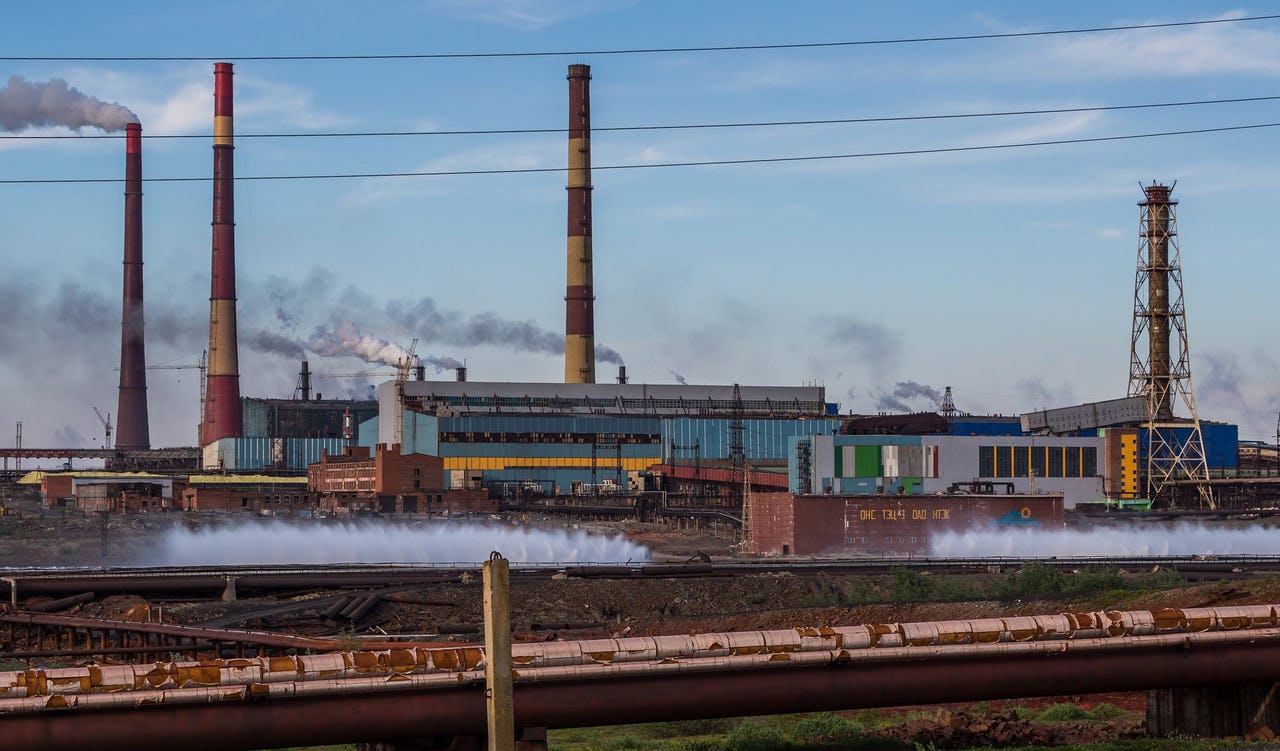
Factory in Dargan, Far East (1990)
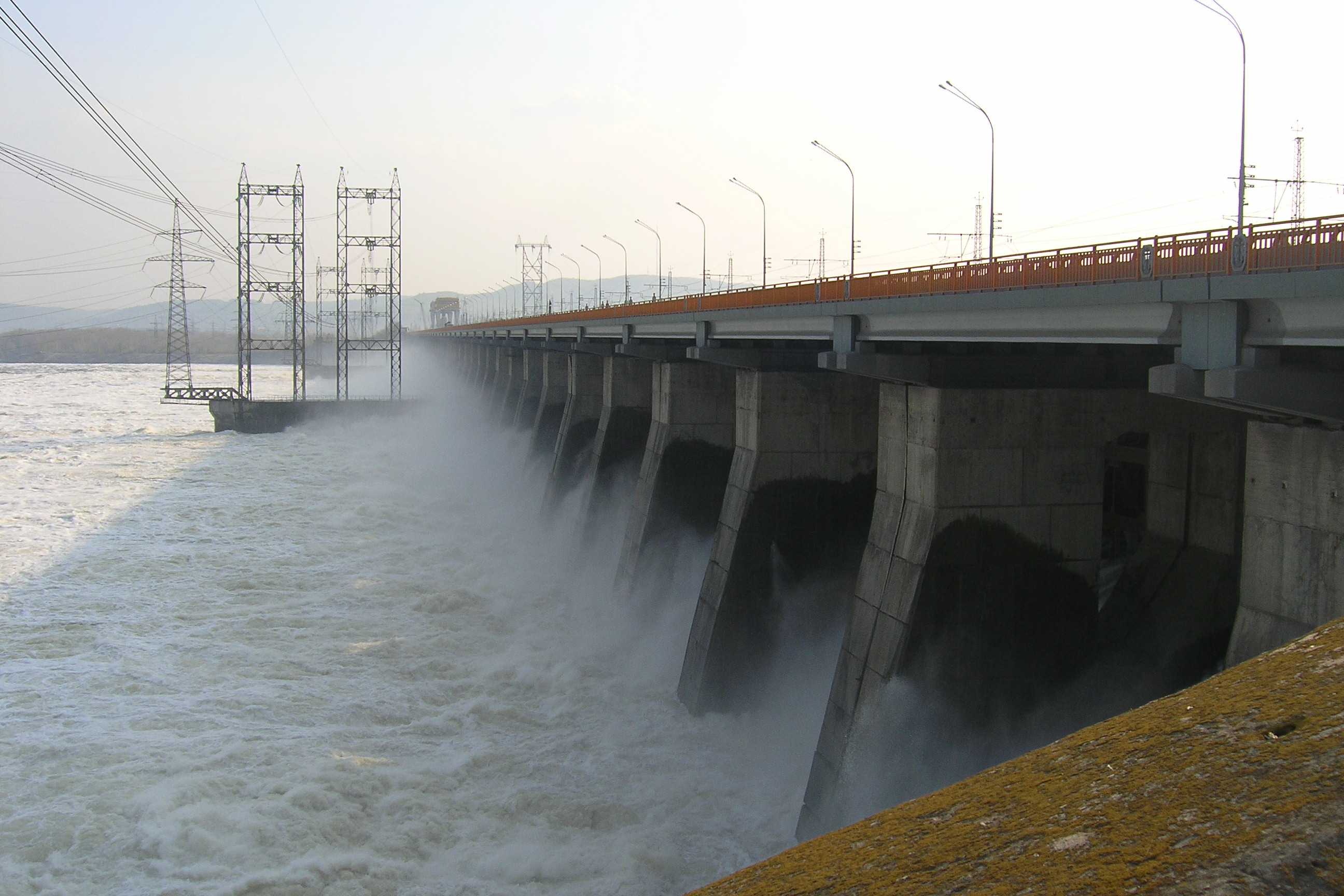
Minin Hydroelectric Plant in Feduniv, Simir (1990)
Politics
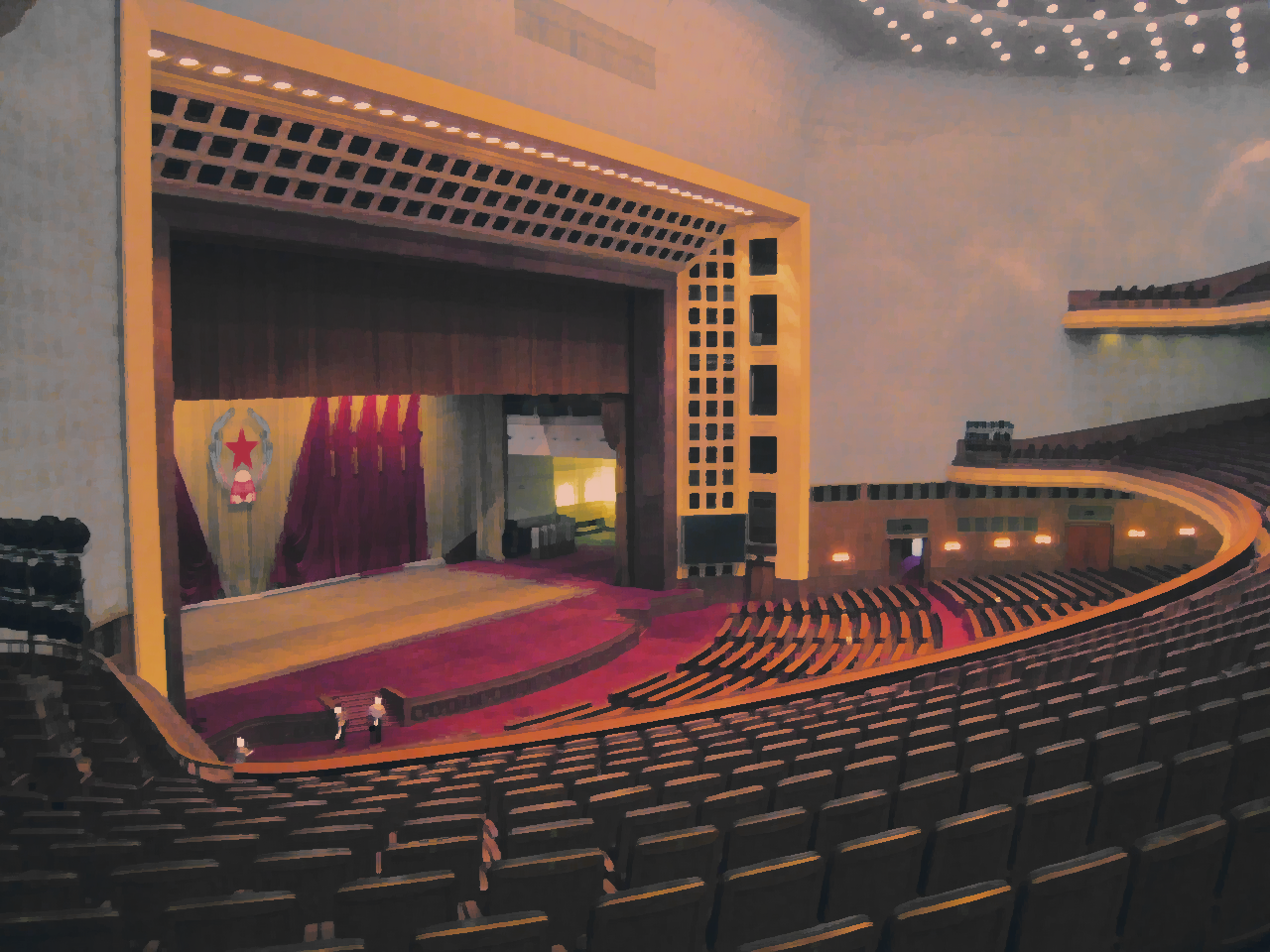
Supreme Council of the Peoples of Aurora (1990)
The Socialist Auroran state's system is based on unified nonpartisan power through a system of councils with the Supreme Council of the Peoples of Aurora being the highest legislative body in the country, which serves as a form of parliment. Officials are elected on the principle of demorcratic centralism with the idea that only "successful" bureauocrats being able to climb up to the ladder of power all the way to the top, albeit over the years this system has been slowly reshaped to put higher emphasis on local councils in day-to-day decision making.
Although it officially has no political parties and all citizens are expected to vote directly in their own interest, major factions in auroran politics have formed within the governemnt which often act as some sort of political groups which unite officials with similar interests and views.
Politologists have identified three major factions within the Auroran government:
- The Left (Baev's Bloc) - Made up of younger and more radical bureauocrats with progressive and reformist views who seek to further social and economic equality in the country and expand Auroran engagement in furthering the Socialist cause around the world.
- The Center (Rasulova's Bloc) - Made up of bureaocrats from various backgrounds with technocratic attitude who want to further improve the state apparatus and expand the standard of living.
- The Right (Anichkov's Bloc) - Made up of older bureaocrats with conservative stance who perceive themselves as the victims of the automatization introduced by Qayim Rasulova and seek to preserve the system with a "strong leadership".
Culture
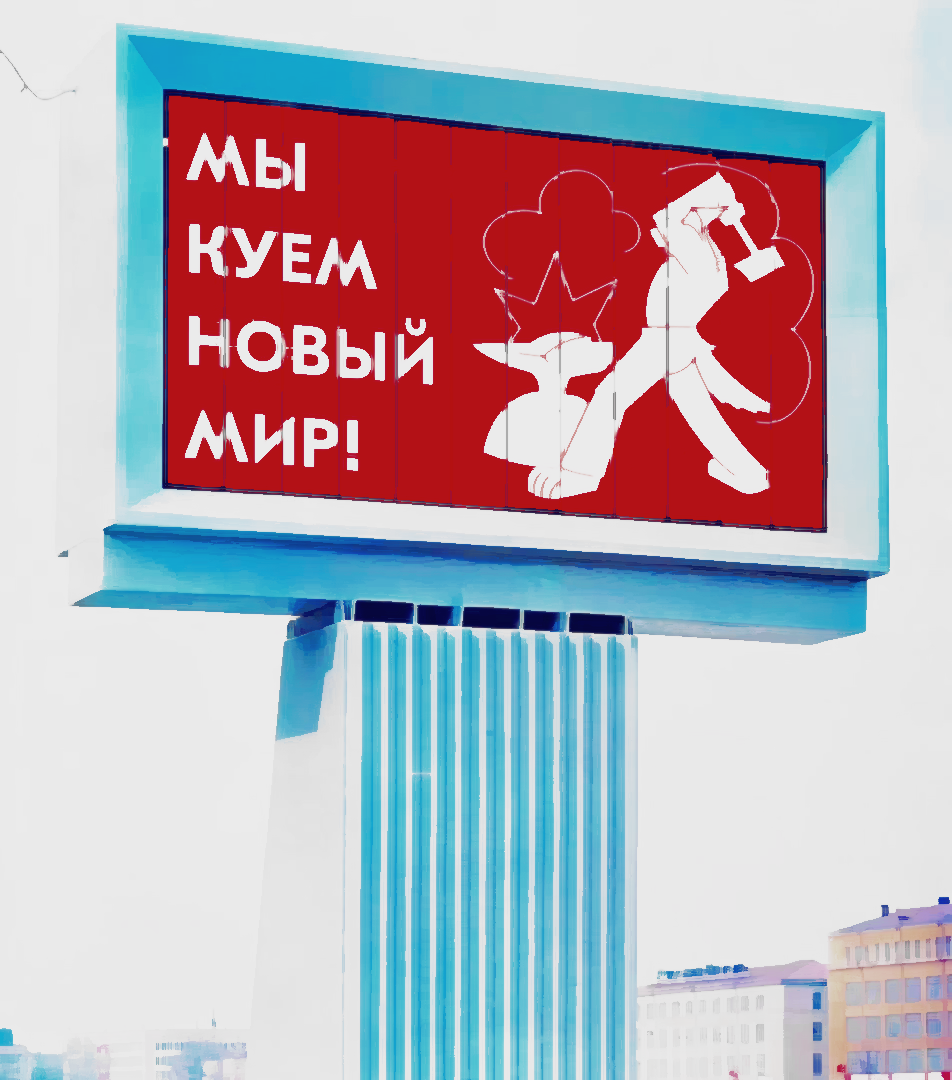
"We are forging a new world!"
SUA is made up of tens of different cultures that make up the country, however a form of "Proletarian Culture" (Proletkult) unique to the Union of Aurora and the Eastern Bloc as a whole has developed throughou the years.
The state sponsors a variety of trends, both traditional and radically experimental, with avant-garde movements flourishing in the country throughout the years starting from the Revolution of 1916 all the way to present day. Government institutions encourage art which serves the state in influencing the population and pushing forward socialist principles with major themes in Proletkult being the cult of labour and rebellion against the old order. When it comes to architecture themes have changed over time with early buildings being constructed with an emphasis on grandeur and monumentality while later and contemporary styles being more simplistic and symbolic.
Despite relative freedom of arts dissenting voices speaking up against state ideology and the state itself are still silenced. Underground literature and music is distributed through samizdat - self-publishing.